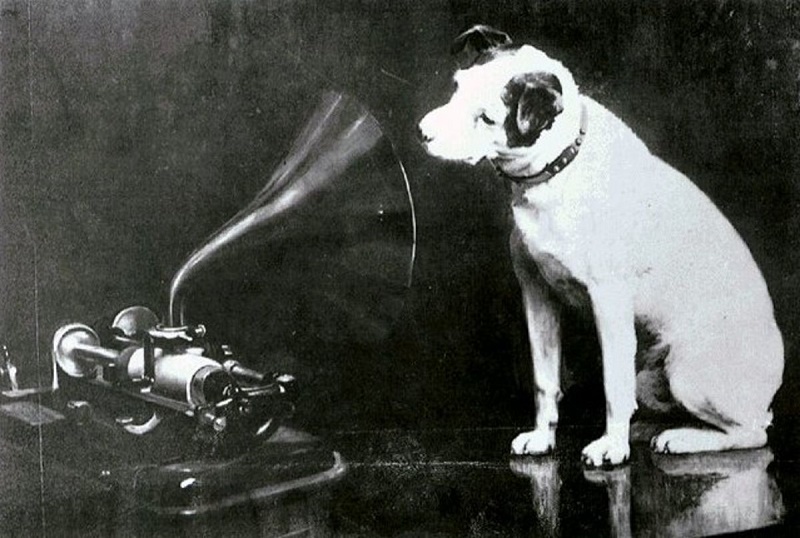Have you ever had a dream that you’re walking with a deceased relative, trying to hold them steady because they’re unstable, and you can’t explain basic things to them because they are themselves but not themselves, awake but asleep, and they’re upset because they can’t understand and you’re upset because they’re upset?
· · ·
Our personalities and interests develop differently if we grow up in NYC or LA or Reykjavik because our surroundings inform us. Speaking one language or another or existing within this hierarchy or that one also leave a mark. Traumas that occur (or don’t occur) cut deeper still. A Scientific American article from last year summed it up this way: “The idea of cloning a deceased loved one—human or pet—has fallen out of favor in part because of the recognition that environment affects behavior. The genetics might be the same but would a clone still be the same lovable individual?”
· · ·
When futurists suggest human brains will soon be “uploaded” to computers, they assume consciousness isn’t at all shaped by the body and won’t be by whatever new containers hold “us.” That seems a huge oversight. The same goes for those who chose to cryogenically preserve their heads in the hope of someday being awakened or restored.
· · ·
In Luke Winkie’s Vice article “In the Future, You Will Have the Same Pet Your Entire Life,” the writer looks at those who just can’t let go of their four-legged friends, sometimes selling their assets to pay the $50,000 to $100,000 required to create a very imperfect “copy.” An excerpt:
Its cloning process is more straightforward than you might think. A Sooam clerk will meet you at the Seoul airport and retrieve a fingernail-length biopsy of your dead pet’s flesh. A donor dog or cat is selected from the company’s kennel. Their eggs are flushed out, gutted of their genetic information, and fused with DNA harvested from the biopsy. If the process works, the retrofitted egg is inserted into a surrogate mother. “Until the point where they actually meet the dog, [the customer] is in a very happy disbelief,” says [Jae Woong] Wang. “But once we deliver the dog, they usually burst into tears.”
The jury is still out on what a clone actually is. It’s a conundrum that’s raged ever since Dolly, the famous duplicated sheep, was brought into the world in 1996. Genetically, they’ll be a mirror image of the source animal, an asexually wrought son or daughter built in the flash of nuclear transfer. But will the clone share the same emotions or personality tics? That’s difficult to say. Research on cloned cows and pigs has shown distinct differences in personality—and even looks—from the animal of origin to its clone.
As such, New York Magazine‘s Science of Us blog called pet cloning “a laughable, extravagant waste of money,” when news broke last year that media tycoon Barry Diller and fashion mogul Diane von Furstenberg had their Jack Russell terrier cloned, even though the wealthy power couple seemed pleased with the two puppies they got as a result. And, in an interview with Scientific American, stem cell biologist Robin Lovell-Badge maintained that cloning a pet was, flatly, “stupid.” “You’re never gonna get Tibble back, or whatever,” he added.
But companies like Sooam deal in love—or more specifically, the faint chance that you might love again.•

